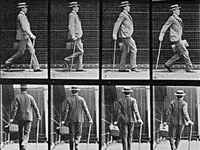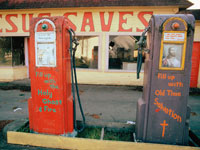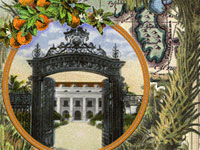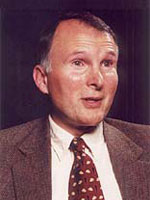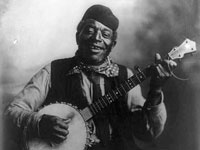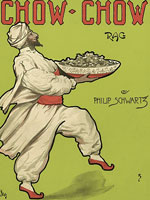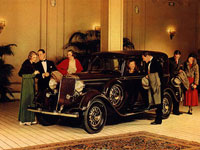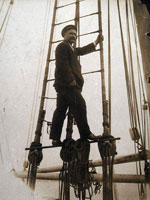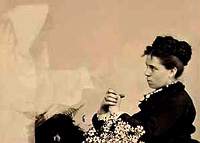HistoryWired: A Few of Our Favorite Things
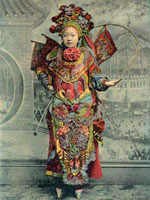
An experimental presentation of 450 items in the Smithsonian Institution's American History collections, many of which are not on public display. Visitors to this virtual tour will find a map divided into regions representing broad subject categories that contain smaller rectangles standing for individual objects. Moving a mouse to a particular square results in the appearance of the name of the object, a thumbnail image, a date projected onto a timeline, and lines emanating out to relevant subject areas. Users can then click to learn more, finding a 100-200 word description, an option to zoom in closer, and often links to further information in other Smithsonian sites. Also searchable by keyword and category. Objects selected by curators "include famous, unusual, and everyday items with interesting stories to tell. They are not intended to be representative of the Museum's entire collection."
Categories reflect the wide range of the Institution's holdings, including clothing, arts/entertainment, business, science/medicine, photography, home, print/communications, transportation, military, computers, and sports. Includes audio and video items. Users can submit ratings for each object that will affect the future relative size of each square. Although innovative in design, the site may be disappointing to those searching for in-depth information about American history and culture; this is history-lite, with bells and whistles given more prominence than context and meaning.
